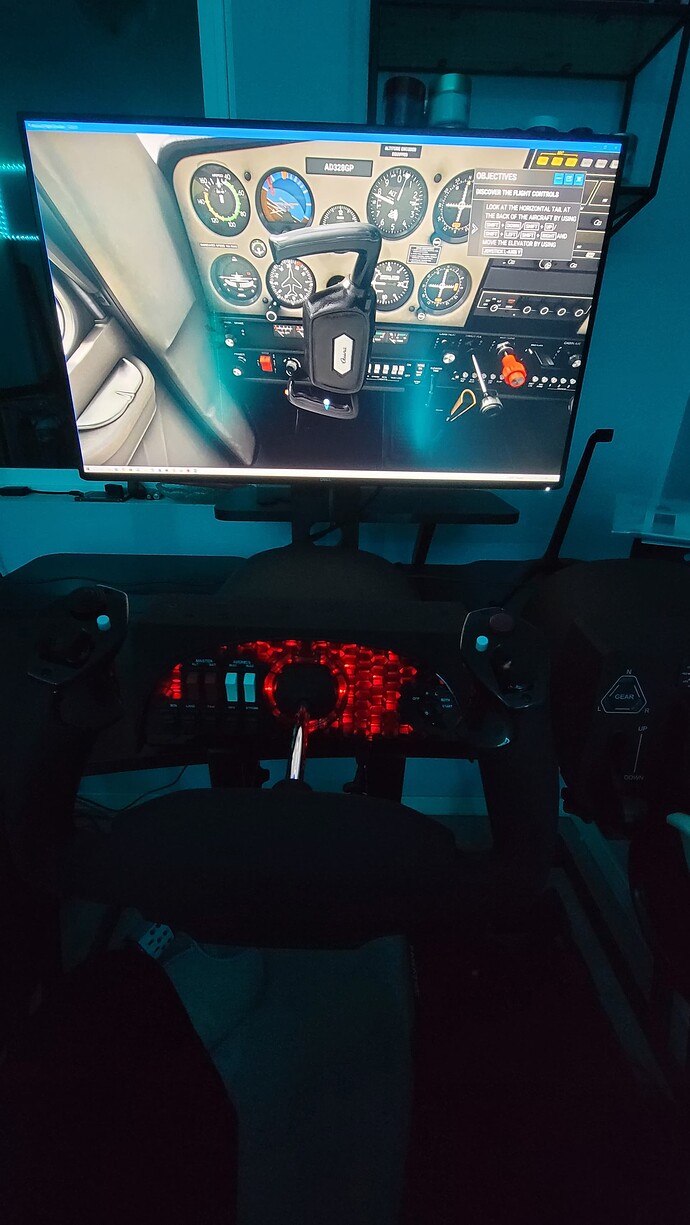In fact, I don’t know of any General Aviation, ‘non-turboprop’, propellered, aircraft, that have the Reverse Thrust ability.
There may be some old commercial and military propellered aircraft, (circa 1928 to 1940), that had some form of RT ability and yet not have turboprop engines…
But even then, I’m not so sure of that. I know that the old radial engines of a DC-3 (and C-47) didn’t have reverse thrust abilities. So, if I had to guess, I’d say that none of those early gas-engine, commercial and/or military planes, had RT ability either.
The Beechcraft 58 engines take the high octane fuel used for standard aviation gasoline engines. Constant pitch propellers really have nothing to do with RT capabilities.
I mean, a fixed pitch prop certainly couldn’t work for use in RT, for a Turboprop aircraft, so in that sense, if a plane has turboprop engines, it’ll have a variable, (or constant) pitch prop. But a constant pitch prop on an aircraft doesn’t necessarily mean it must have RT ability.
The “Beta-pitch, or position” change would rip the gasoline engine apart. On the other hand, if the engines are turboprop, then they very likely have RT ability.
In fact, I drove tractor trailers OTR/48 for about 6 years. All the trucks I drove had a minimum 3-stage “Jake Brake”. I’m not sure, but there may even be some trucks, (used in steep-mountain areas) with 5-stages.
A Jake Brake (or diesel ‘engine brake’), is a kind of ‘reverse thrust’. The engine brake reverses the compression in several selected cylinders, depending on the stage the driver selects.
A 3-stage system would incorporate compression reversal in one, two, or all 3 cylinders, simultaneously if the driver selected the maximum position. Stage 1 & 2 are easy enough to hear and ignore, but in full stage 3, you’ll hear a very sudden, loud, report as the driver takes his foot off the accelerator. It’s loud enough to make other ‘4-wheelers’ jump if they’re not prepared for it.
I’m sure everyone has heard that at one time or another. It sounds like the truck is running straight pipes with no muffler. A lot of small towns prohibit trucks to use engine brakes in the towns limits, (even though many inexperienced drivers tend to ignore that ordinance).
Anyway, my point is that the same engine brake system in those diesel engines cannot be used in gasoline engines, at least, not to the degree or level of effectiveness that the Jakes in those trucks have.
The gas engines run at too high an RPM and I’m sure the engine would quickly wear out, if not simply throw a rod. Reverse thrust in a plane with gasoline engines would wreck the engines even quicker.
FWIW

